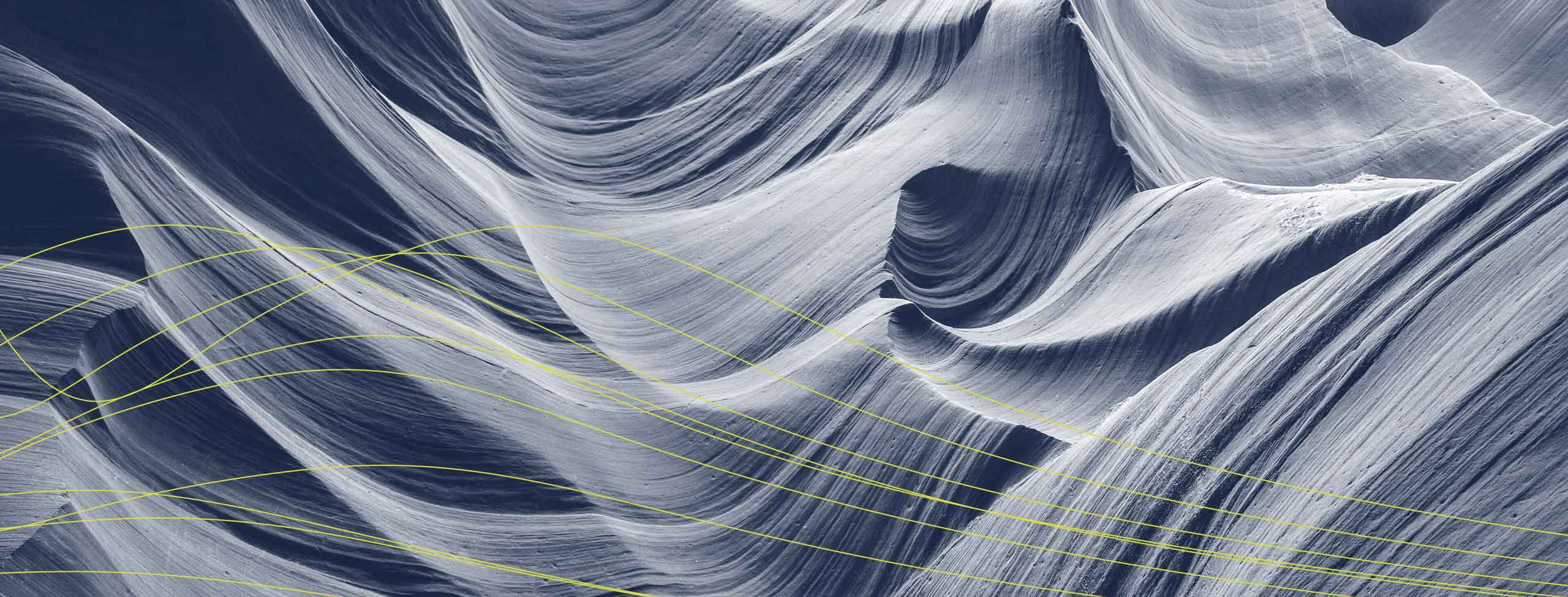Is Delaware the new Texas? A neck-and-neck race to the finish
For at least the past five years, the Eastern District of Texas and the District of Delaware have been favored forums for plaintiffs alleging patent infringement, with the number of patent case filings shooting up sharply in both districts after the enactment of the America Invents Act in September 2011. Together, these two venues account for almost half of all new patent case filings in the US.
Until recently, the Eastern District of Texas was the more popular venue. During 2012, 1,266 patent cases were filed in the Eastern District of Texas, compared to 995 in the District of Delaware. However, the number of patent case filings in Delaware continued to increase in 2013, to the point where more patent cases were filed in the District of Delaware than the Eastern District of Texas through the end of the third quarter for 2013. According to Docket Navigator, through September 10, 2013, there were 1,019 patent cases filed in the District of Delaware and 923 filed in the Eastern District of Texas. Yet two months later, the Eastern District of Texas had edged out the District of Delaware, with 1,287 patent cases versus 1,196 in Delaware.
As the two venues continue to ring up patent case filings, many in the patent community will be watching closely through the end of 2013 to see which will finish the year with the most filings. In the meantime, a more immediate question has arisen: What is attracting plaintiffs to file in the District of Delaware in larger numbers than in the past?
The answer is found in the traditional reasons for choosing the District of Delaware as a venue, in addition to recent changes in the procedural handling of cases.
Traditional reasons for choosing the District of Delaware include:
- Experienced judges
- Venue is easy to maintain because cases are rarely transferred and, likewise, motions for summary judgment or to dismiss are rarely granted
- The win rate for patentees is high
- Delaware juries tend to be generous when giving awards
Recent changes in the procedural handling of cases have created additional reasons for choosing the District of Delaware:
- After five years of not having a full bench, Delaware’s bench of four judges has now been full for the past two years. Additionally, in 2012, a Magistrate Judge position was added. These changes have led to a significant decrease in the overall time to trial in Delaware. Two years ago, the time to trial stretched to over 30 months because of the judicial vacancies. Based on the most recent Scheduling Orders entered, Delaware is now down to 24 months or less.
- Delaware adopted default discovery standards two years ago aimed at reducing the cost of litigation for all parties. The default discovery standards require disclosure of core technical documents, claim charts, invalidity contentions and invalidating references within 120 days of the scheduling conference. Absent a showing of good cause, discovery is limited to six years pre-complaint, unless related to prior art or “the conception and reduction to practice” of the invention at issue.
- Electronically stored information (ESI) is addressed in default standard guidelines meant to reduce the cost of discovery.
Delaware has adopted a Default Standard for Access to Source Code to provide for secure access to source code. - In September 2013, Judge Sue L. Robinson added new language to her standard Scheduling Order intended to give more immediate relief to parties claiming that the early disclosures of core technical documents, claim charts, invalidity contentions and invalidating references are insufficient. She added a requirement for an in-person conference with a Magistrate Judge after these documents have been exchanged. Judge Robinson also added a requirement that no depositions may be taken, other than 30(b)(6) depositions, until paper discovery is completed; no motions to compel or for protective order shall be filed absent prior approval of the court; and all fact witnesses to be called at trial are to be disclosed within one month of the end of expert discovery. These requirements are all clearly directed to reduce and streamline litigation costs. No other judge within the District has formally adopted these procedures, but there is a good possibility that they will in the near future, assuming the procedures prove successful in reducing litigation costs.
There are many reasons to choose the District of Delaware as a patent litigation venue, especially if you are a plaintiff. Recent changes noted above provide some key advantages over many other jurisdictions. When comparing to the Eastern District of Texas, Delaware provides additional security against venue challenges and less frequent grants of summary judgment. Only time will tell whether the Delaware judiciary can keep up with the current rate of patent filings and maintain a 24-month pendency. If it can, filings may continue to increase through the end of the year.
For more information about patent litigation in Delaware, please contact Denise Seastone Kraft.
MORE FROM THIS AUTHOR
An Interview with The Honorable Donald F. Parsons, Jr., Vice Chancellor of the Delaware Court of Chancery
IN OUR ARCHIVES
Find all our global editions of the Intellectual Property and Technology News here.
